In today’s globalized world, tariffs can have an unexpected impact on our daily lives, often manifesting in ways we never anticipated.
As trade tensions rise, a surprising number of common foods are starting to vanish from grocery store shelves.
This list highlights 22 such foods that are becoming harder to find due to tariffs, providing a snapshot of how international policies can affect our local markets and kitchens.
1. Avocados
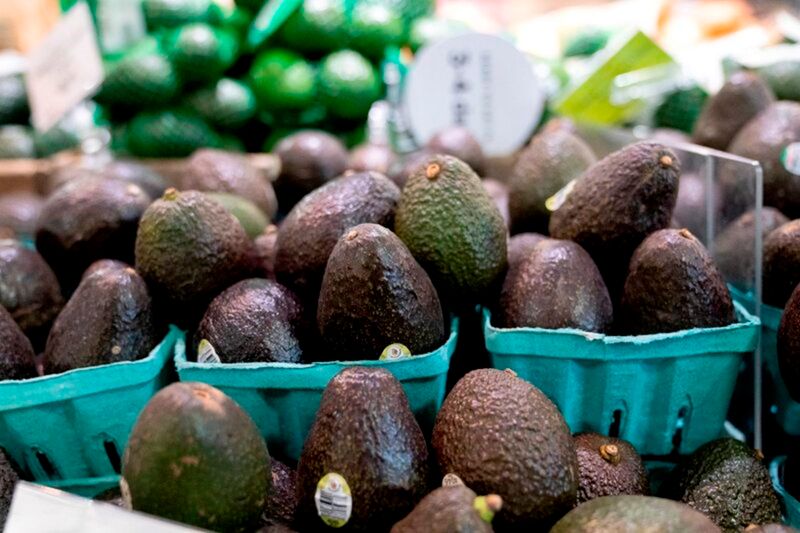
Known for being the star ingredient in guacamole, avocados have taken a hit due to tariffs imposed on imports. These green gems, typically sourced from Mexico and other countries, are seeing supply disruptions. As a result, prices have soared, making it a luxury for many consumers.
With fewer avocados making it to the shelves, fans of this creamy fruit are in a scramble. You might notice your favorite brunch spot offering fewer avocado toasts.
2. Almonds
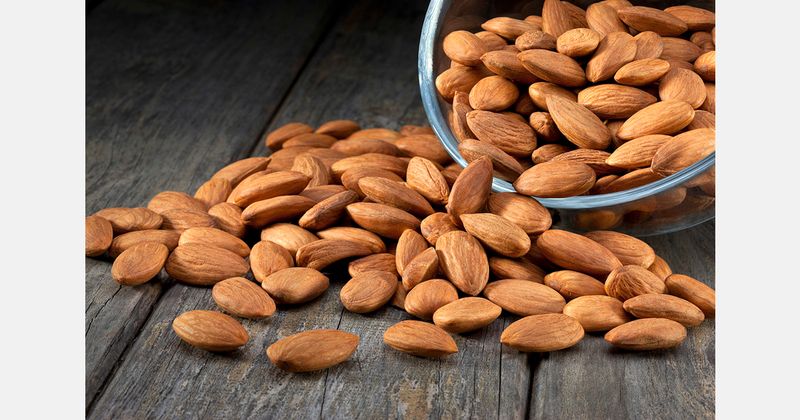
California’s almonds are renowned worldwide, yet they’re not immune to the effects of tariffs. The tariffs have hit the export market, which in turn impacts domestic availability.
Almonds are more than just a snack; they are a vital part of many diets providing protein and healthy fats. Now, with prices on the rise, this nutty favorite is becoming a rare treat.
Almond cultivation requires a significant amount of water, making them a controversial crop in drought-prone California. The added pressure from tariffs makes the future of almond farming even more precarious.
3. Cheese
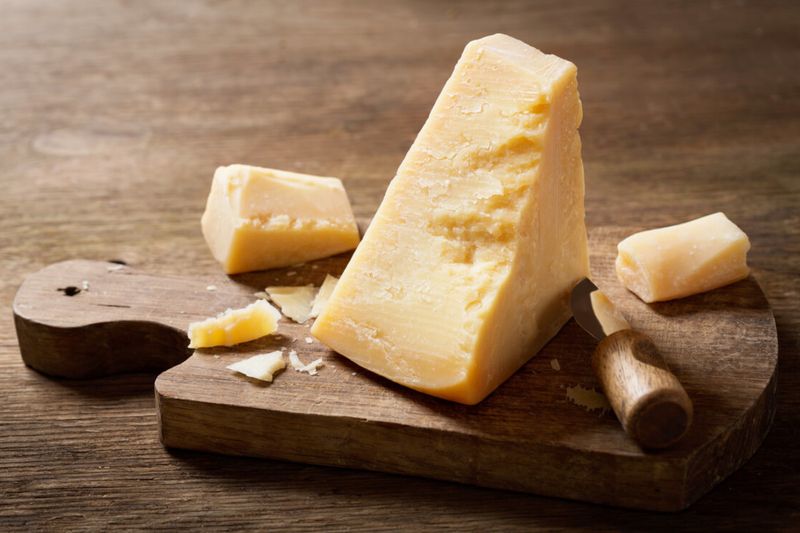
Cheese lovers may find their favorite imported varieties harder to find due to increasing tariffs. European cheeses, known for their unique flavors and textures, are now facing steep import taxes.
This change is prompting many to seek local alternatives or pay premium prices. An interesting facet of this situation is how tariffs are encouraging local cheese producers to innovate and capture the market.
4. Olive Oil

Olive oil, a staple in many kitchens, is experiencing a squeeze due to tariffs on European goods. Known for its heart-healthy benefits, it’s a key ingredient in cooking and salad dressings.
Supply chain disruptions have led to fewer bottles on the shelves, driving prices up. Consumers are now exploring alternatives like avocado or coconut oil.
This current shortage is driving a renewed interest in locally produced oils.
5. Wine

For wine enthusiasts, tariffs on imported wines are hitting hard. French and Italian wines, often seen as the epitome of winemaking, have become more expensive, with some vintages disappearing entirely.
Wine aficionados are turning to domestic options or lesser-known regions to satisfy their palates. This shift is leading to an exciting discovery of new tastes and styles.
The U.S. imports over a billion dollars’ worth of wine annually. With tariffs in play, the landscape of wine consumption is undergoing a significant transformation.
6. Coffee
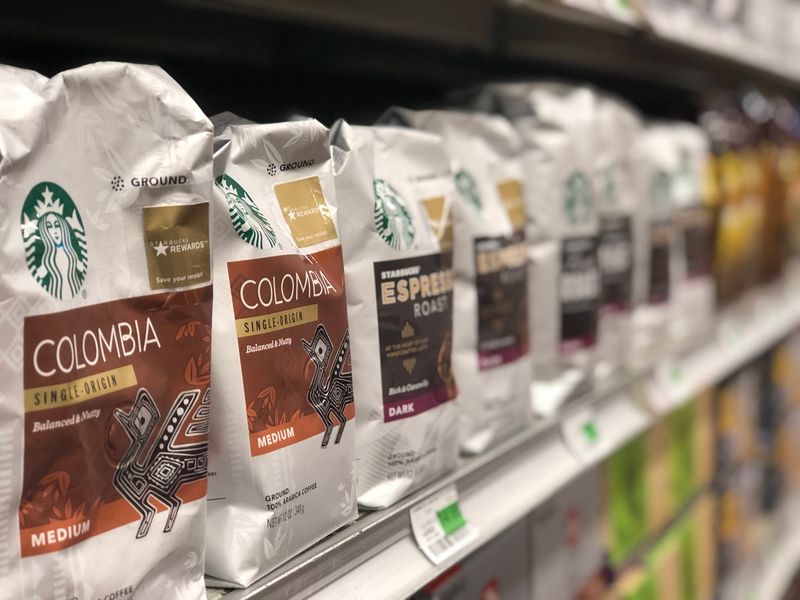
The morning ritual of brewing a cup of coffee has been impacted by tariffs on certain imports. Specialty coffee beans, especially those from Africa and South America, are facing price hikes.
This change is prompting coffee lovers to rethink their daily habits, possibly leading to more homegrown sources or alternative beverages.
Coffee is one of the most traded commodities in the world, and any disruption in its supply chain can have a ripple effect on global markets.
7. Cocoa
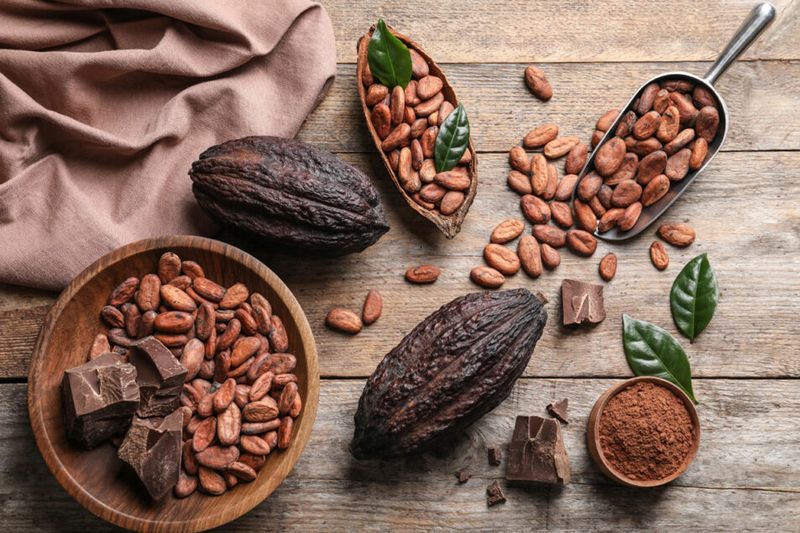
Chocoholics may notice their favorite treats becoming costlier, as tariffs affect cocoa imports. The chocolate industry relies heavily on cocoa beans, primarily sourced from Africa.
With tariffs in place, manufacturers are passing on the increased costs to consumers, leading to higher prices for chocolate bars and other cocoa-based products.
Cocoa farming is a vital economic activity for many African countries, and changes in trade policies can significantly impact their economies.
8. Pasta

Pasta, the beloved staple of Italian cuisine, is facing some hurdles. Tariffs on durum wheat, essential for pasta, are causing a supply bottleneck.
This situation is encouraging more consumers to try making pasta from scratch or substituting with different grains. The silver lining? It’s a chance to explore a culinary skill and diversify one’s palate.
Italy is one of the largest exporters of pasta, and these tariffs are reshaping the global pasta market.
9. Soy Sauce
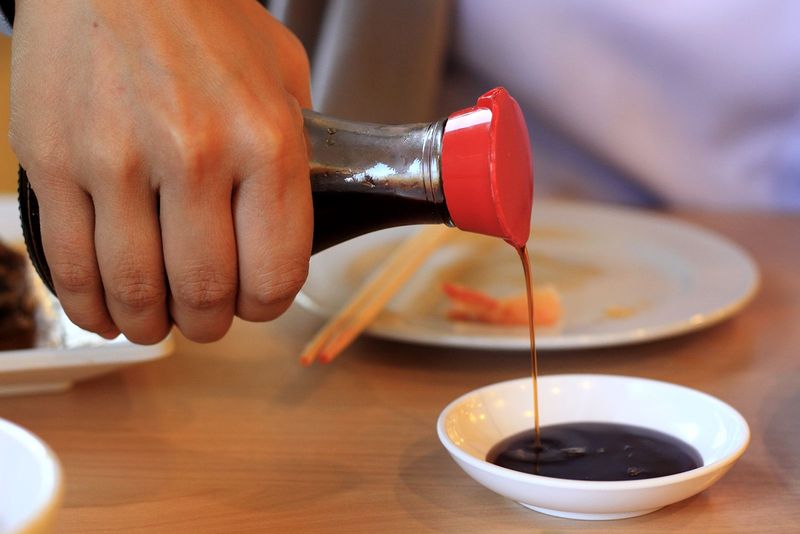
Soy sauce, a key ingredient in many Asian cuisines, is feeling the pinch of tariffs. With import duties affecting Asian markets, availability has been spotty.
Shoppers are either paying higher prices or looking for local alternatives. For many, this means experimenting with homemade sauces or adjusting recipes.
10. Rice
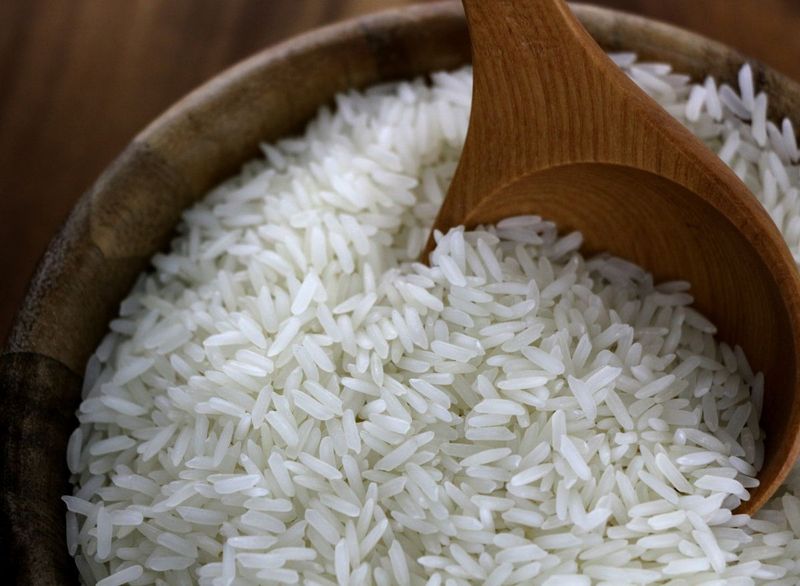
Rice, the staple food for billions, is not exempt from the effects of tariffs. Import duties on certain types of rice have led to price increases.
Consumers are noticing a shift in the availability of their preferred varieties, prompting some to try alternatives like quinoa or barley.
Rice has a rich history, being cultivated for thousands of years, and these current trade challenges are just another chapter in its global story.
11. Chicken
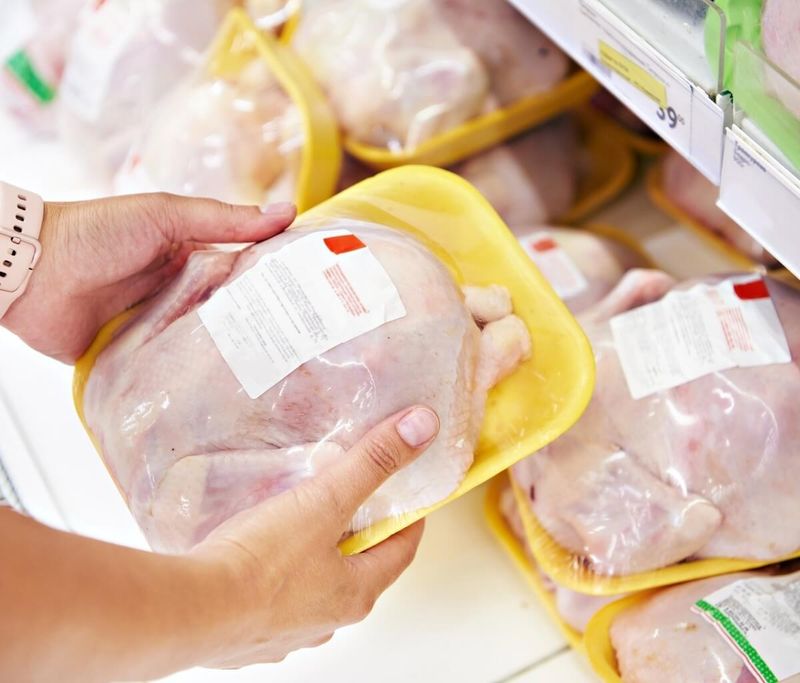
Chicken, a protein staple across many diets, is seeing disruptions due to tariffs on related feed imports. This affects producers’ costs and subsequently the market prices.
Consumers might find themselves paying more for this versatile protein or opting for other meats like turkey or pork.
12. Beef
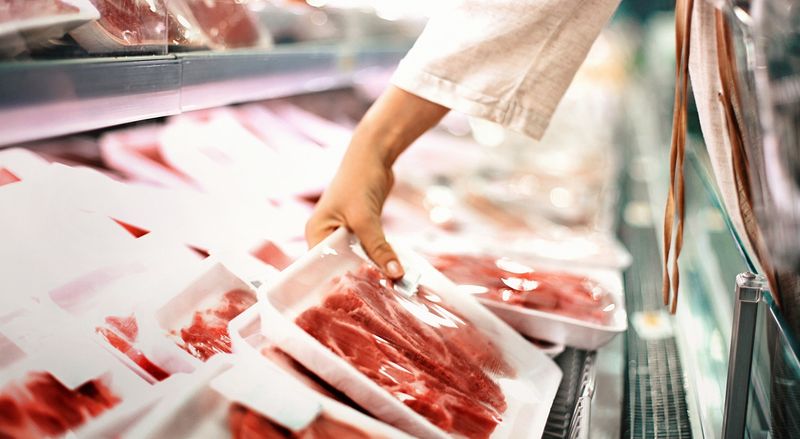
Tariffs on beef imports have reshaped the meat market, leading to price hikes in many countries. This has prompted a change in consumer behavior, with some reducing their beef consumption.
People are turning to alternative proteins or cutting down on meat altogether. It’s an interesting shift that’s impacting cooking trends worldwide.
13. Fish

The seafood aisle isn’t immune to tariff effects, with fish imports facing price surges. Many beloved varieties are becoming less accessible.
This has led seafood lovers to explore local options or experiment with plant-based seafood alternatives. Such shifts are contributing to a broader change in dietary habits.
14. Tomatoes

Tomatoes, whether for salads or sauces, are experiencing a price increase due to tariffs. The impact is felt from the grocery aisle to restaurant kitchens.
More people are turning to local farmers or even growing their own, sparking a mini resurgence in home gardening. It’s an opportunity to enjoy fresh produce and support local agriculture.
15. Bananas
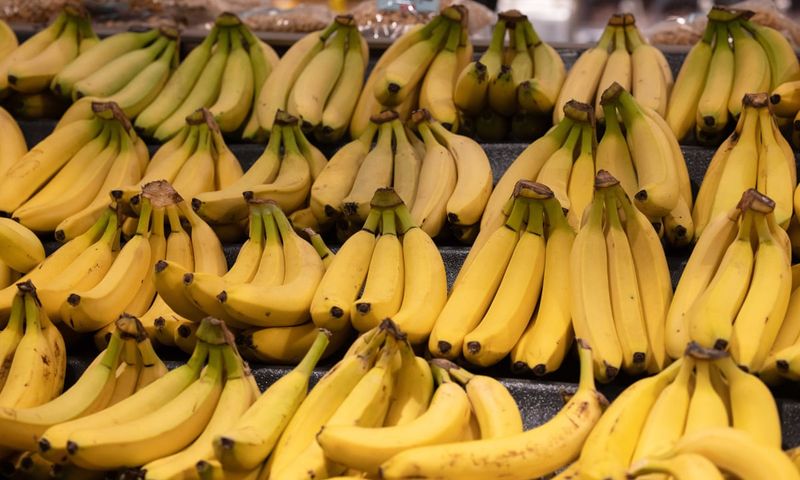
Bananas, the on-the-go snack for many, are not untouched by tariff issues. Import duties are causing prices to climb, affecting their availability.
This staple fruit, beloved for its convenience and nutrients, is prompting consumers to explore other fruits or reduce waste by using every part, such as banana peels in cooking.
16. Peanuts
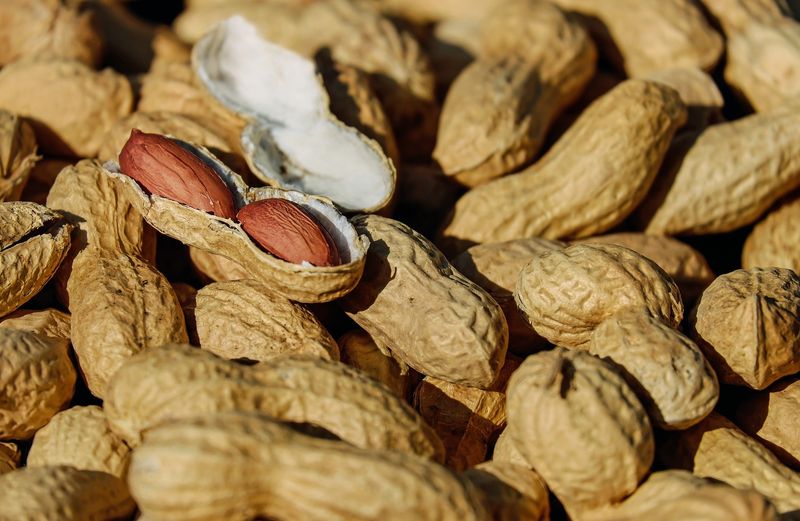
Whether you enjoy them as a snack or in peanut butter form, peanuts are facing tariff-related supply disruptions. Import duties on peanuts and related products have led to higher prices.
As a result, consumers are exploring alternative nut butters or making their own at home. This change has also sparked creative culinary adventures.
17. Oranges
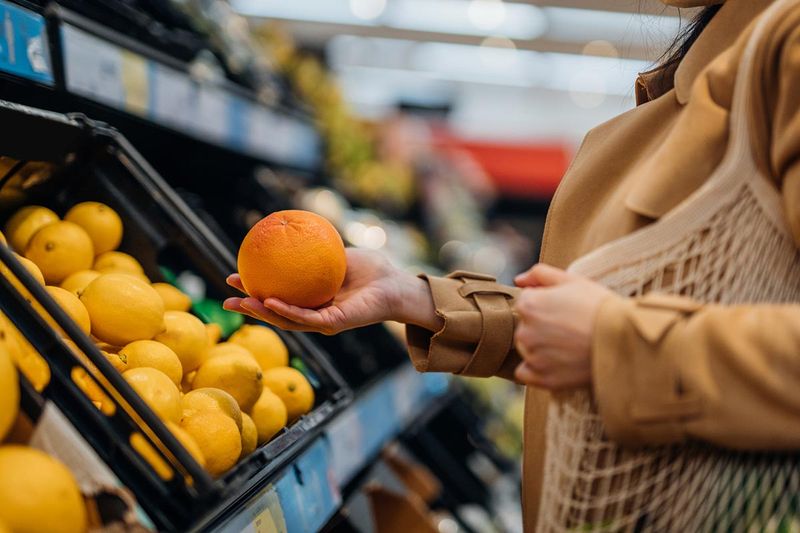
Oranges, the vibrant fruit known for its vitamin C content, are experiencing disruptions due to tariffs. Import taxes are driving up costs, leading to fewer oranges on the shelves.
This situation encourages consumers to seek local citrus or other vitamin-rich fruits. There’s a growing interest in backyard citrus trees as people look to become self-sufficient.
18. Sugar

Sugar, a pantry staple, is facing price increases due to tariffs on certain imports. The ripple effect is felt across various food products, from baked goods to candies.
Some consumers are turning to alternative sweeteners or reducing sugar use in their diets altogether. Such changes are fostering a broader conversation about sugar consumption.
19. Tea

Tea, the soothing beverage enjoyed worldwide, is not exempt from tariff impacts. Import duties on tea leaves from major producers are affecting availability.
This has led to price increases and a push for consumers to explore local herbs or even start their own tea gardens to ensure a fresh supply.
20. Corn
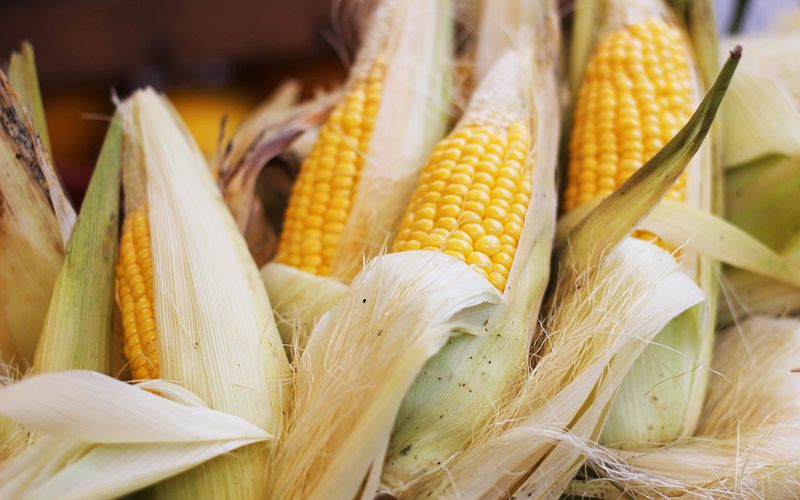
Corn, a versatile crop used in everything from animal feed to biofuel, is facing challenges due to tariffs. Import duties on related products are impacting farming costs and market prices.
This has led to shifts in agricultural practices and consumer buying habits, with some turning to alternative grains. It’s an intriguing twist in the story of this staple crop.
Fun fact: Corn is one of the oldest domesticated crops, and its history is deeply intertwined with human agriculture.
21. Shrimp
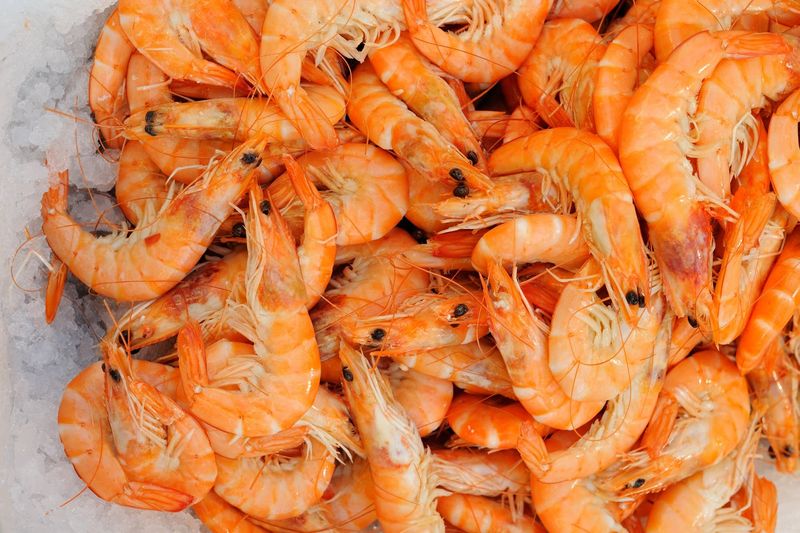
Shrimp, a popular seafood choice, is feeling the brunt of tariffs on seafood imports. These changes have led to higher prices, affecting consumer access and restaurant offerings.
Seafood lovers are trying local options or plant-based alternatives to satisfy their cravings without breaking the bank.
22. Potatoes

Potatoes, the ultimate comfort food, are seeing price hikes due to tariffs on farming supplies. This affects everything from French fries to mashed potatoes.
Consumers are exploring other root vegetables like sweet potatoes or parsnips to fill the gap. It’s a chance to discover new flavors while supporting local farmers.
Leave a comment